7 Tips For Starting Your Own Herb Garden
Want to try starting your own herb garden but don’t know where to begin? No worries, you can grow a small kitchen garden filled with fragrant flavorful herbs without a ton of space. These quick tips will help guide you on your way to flavorful and fresh summer meals.
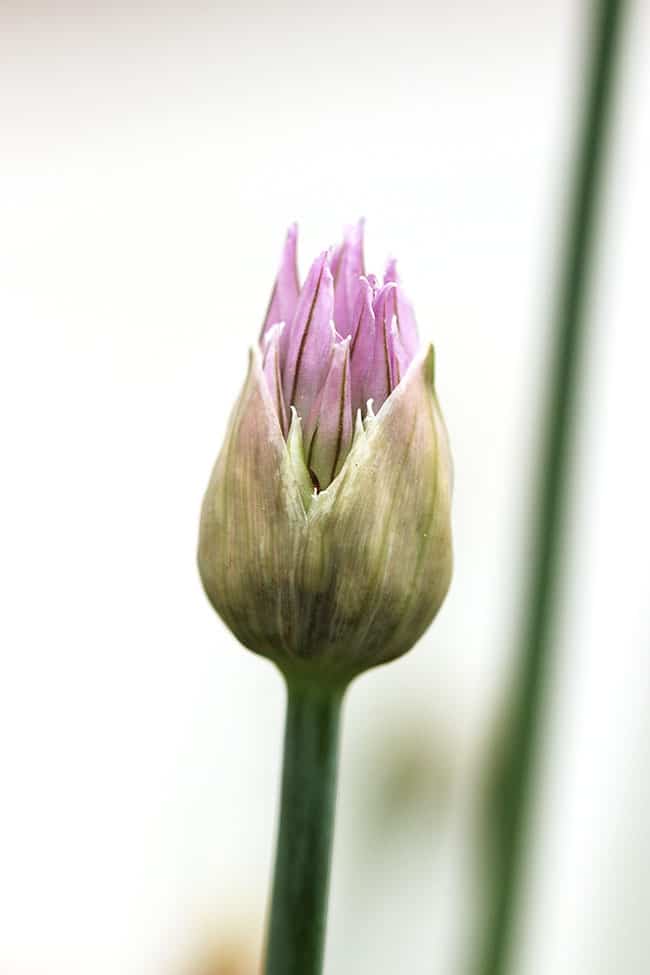
Disclaimer: This post is sponsored by OXO. I received the mentioned gardening tools to review, all opinions are my own.
I always wanted to grow my own vegetables. I had lofty dreams of creating one of those gardens you often see on Pinterest, I even started a board filled with gorgeous vegetables just in case I ever come across a rototiller. You know, stumble on one and then just start tearing up the lawn. My husband would love that. 🙂 I haven’t quite convinced him that, deep down inside, I’m a suburban farmer. So, in my quest to show him my green thumb I planted a small kitchen garden filled with herbs. It’s on it’s second year and I think this may be the year that wins him over….I’ll keep you posted on that.
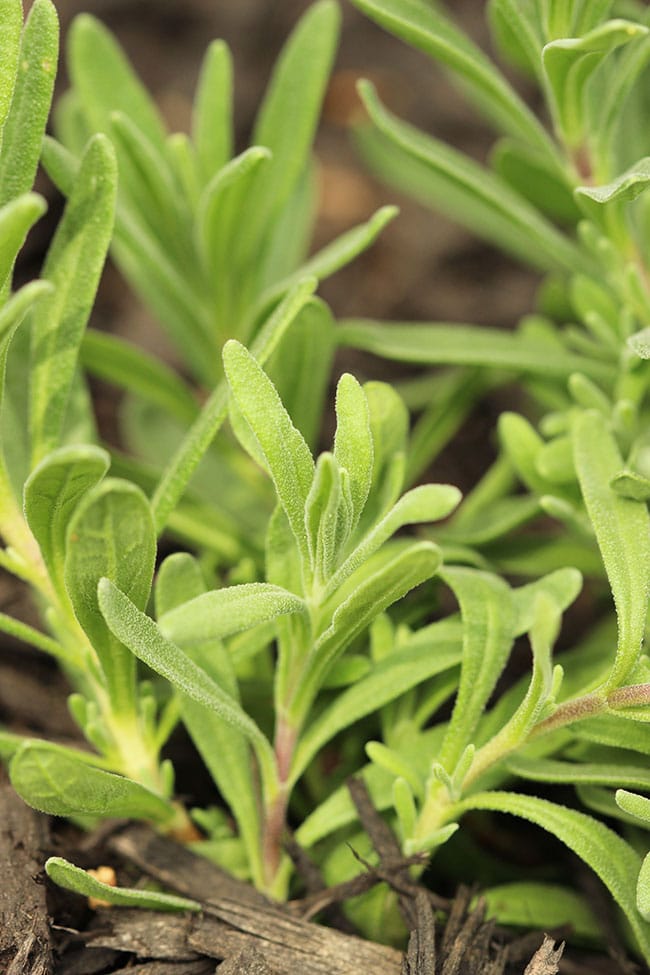
This year, OXO so generously sent me a giant box of gardening tools to help me in my plot to show my husband just how great I am in the garden. (And to kick off #OXOSpringGardening season!) They just launched a bunch of tools that every budding gardener (or seasoned gardener for that matter) should have in their gardening tool belt.

What did I received, you ask? Here’s the low-down:
Garden Trowel:
- Constructed of high-quality stainless steel for durability and strength
- Comfortable handle is non-slip, even when hands are wet
- Cushioned handle absorbs pressure while digging
- Large measurement markings at one-inch and one-centimeter intervals are easy to read
- Trowel head is large for efficient digging and serrated edges make it easy to open bags and cut roots
Garden Plow
- Constructed of high-quality stainless steel for durability and strength
- Comfortable, two-position handle provides extra strength and reach while striking
- Serrated edge for cutting roots and opening bags
-
Sharpened string cutter
Hand Rake
- Easily adjust and lock tine spread at any position
- Retract to 3 inches for tight spaces and compact storage
- Expand to 12 inches for clearing larger areas
- Two-position handle for comfort and reach
- Comfortable handle is non-slip, even when hands are wet
Outdoor Pour and Store Watering Can
- Spout rotates back toward the body for easier filling and space-efficient storage
- Water levels in the clear spout line up with measurement markings on the body for easy measuring
- Continuous soft, non-slip handle for a comfortable, secure grip when carrying and pouring at all heights
- Removable rose attachment stores conveniently in the back of the Can
- 2.11gal/8L capacity
- Comes in green, blue and fuchsia
Garden Cultivator
- Perfect for stirring and loosening soil, and pulling up weeds
- Constructed of high-quality stainless steel for durability and strength
- Two outer prongs longer than center prong to easily maneuver around plant stems
- Comfortable, two-position handle provides extra strength and reach when striking and pulling
Bypass Pruners
- Versatile bypass hand shears with 3/4-inch-diameter cutting capacity
- Hardened, Teflon-coated, steel cutting blades provide maximum cutting strength
- Conveniently located locking switch is accessible by both left- or right-handed users
- Convenient for gardening and various yardwork projects
- Soft, comfortable non-slip grip
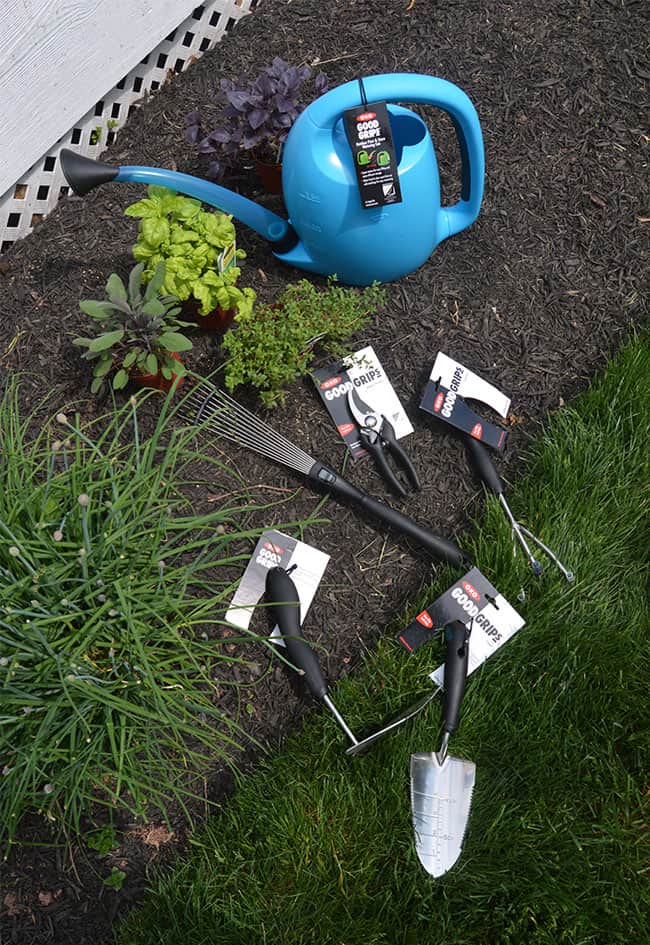
Everything I received is extremely high-quality and built to last. I can’t even tell you how many trowels, rakes and pruners I go through every year. I have a feeling these tools will be with me when I finally break ground on my full-size backyard farm. (That’s when I’ll start the hard sell on my chicken coop project.)
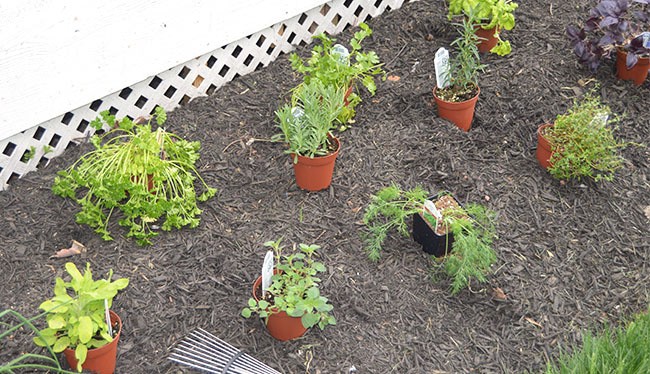
So, you have the tools….now what? Here are some tips when planning and planting your herb garden:
- Select your herbs. Think of the dishes you like to make and the types of herbs that would pair well with them. I like to grow the old standbys like basil, thyme, chives, oregano and parsley for recipes like Smoked Salmon Canapes with Chive Whipped Cream Cheese and Chopped Italian Pasta Salad. But I also add in variations of those like purple basil to mix things up a bit. I fill out my garden with herbs I like to dry for the winter months too like sage, dill and rosemary.
- Know your herbs. What I mean is…know which herbs will come back every year and can be invasive…versus those that are only annuals and won’t grow too big. Mint and Chives can take over your garden with a vengeance. I speak from experience here….make sure you contain them or you will end up with a mint/chive field. Not great when you’re trying to show off your green thumb.
- Pick a spot. A plot right near your kitchen is perfect but really, you need to find a place that gets about 6 hours of sun a day. Any less light could make for puny plants.
- Prep the plot. I used the Hand Rake to clear the area of mulch and debris. Then you need to break up the soil. If your soil is compact you can improve drainage by adding some peat moss or compost to the soil.
- Plan your plot. I like to place my plants, still in their pots, exactly where I want to plant them. This gives me a good visual of whether or not that’s the perfect spot. You can move things around until they’re exactly where you want them without having to dig them up if you’re unhappy with their location. Be sure to space your plants about 18 inches apart to give them ample room to grow. Place taller plants, like rosemary and sage, in the back and smaller plants, like cilantro and parsley, in the front
- Start digging. Dig each hole about twice the size of the plants root ball using the Garden Trowel. Place the plants in the holes and cover with dirt so that the root ball is no longer showing.
- Water. Give your new herbs plenty of water and then water regularly to keep them from wilting. I like to check mine daily.
So, here’s to homestead farming and #OXOSpringGardening…even if it’s just in a 3×5 sq ft area. 🙂
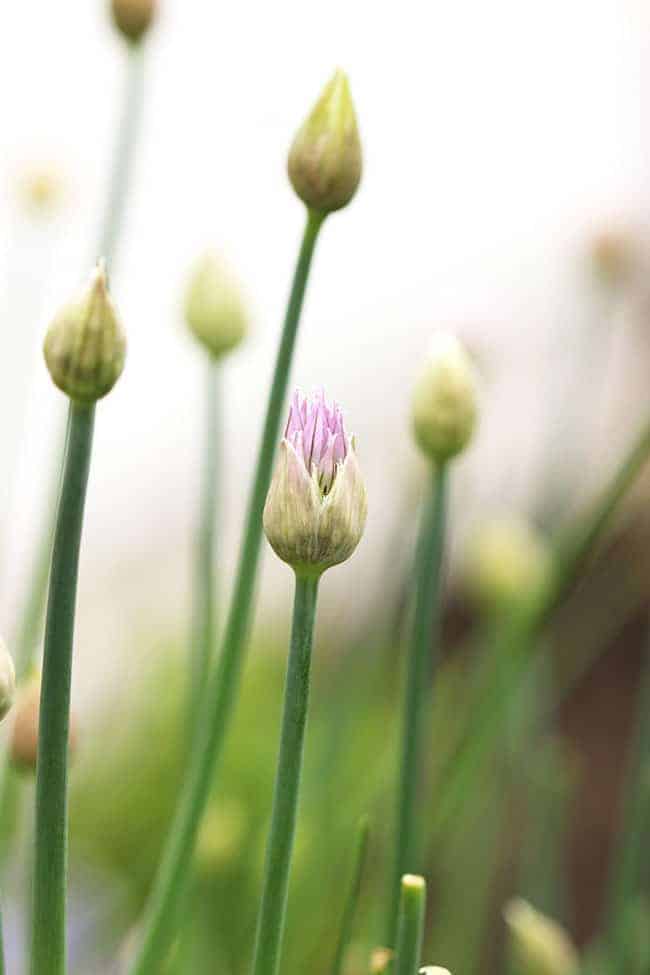

2 Comments on “7 Tips For Starting Your Own Herb Garden”
My herb garden is a little out of control right now, so I appreciate all the tips and tools! Thanks!
These are great tips. I am a novice gardener nee a green gardener. I learned the hard way about mint.